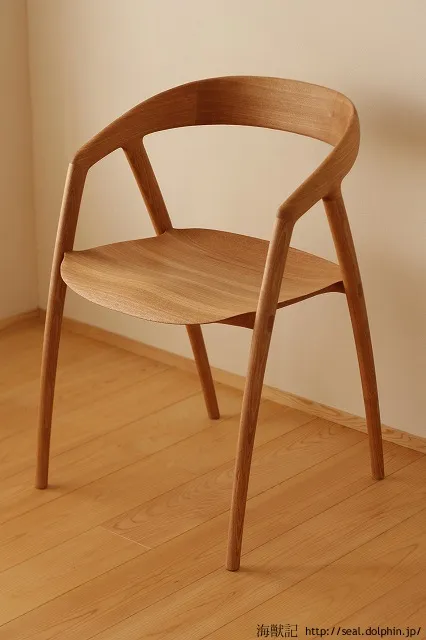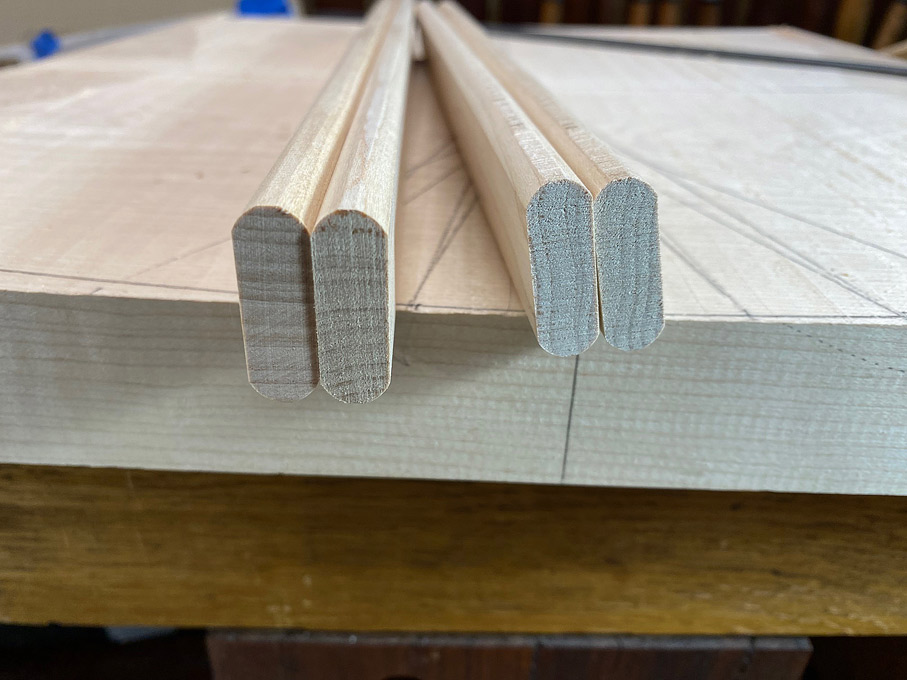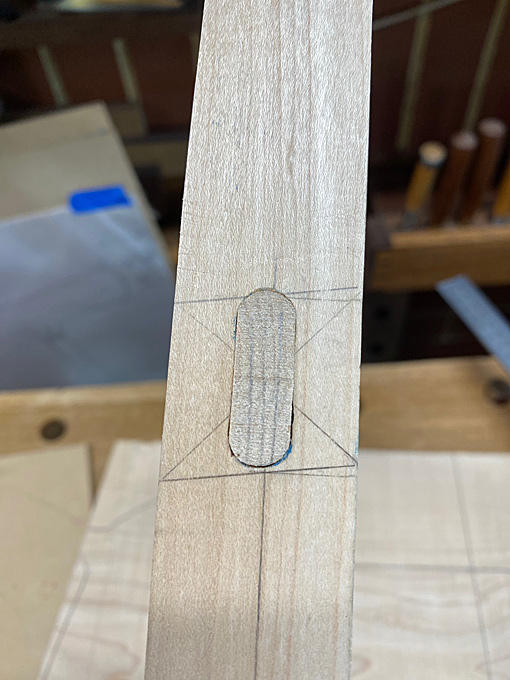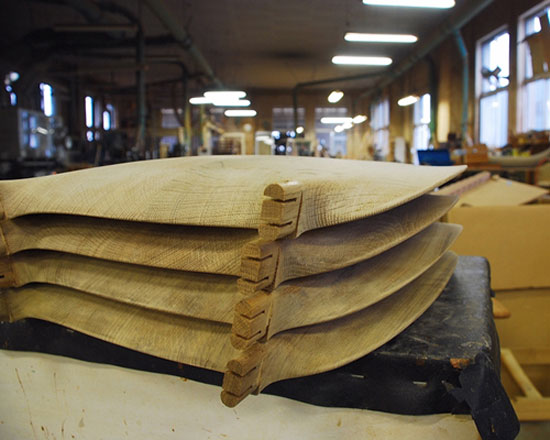I am building two of these chairs (called the "09 DC chair") in Hard Maple. It was designed by the Japanese- Scandinavian duo, Kyoko Inoda and Nils Sveje, in 2011. It is built by the Miyazaki factory in Japan ...
The legs will be joined to the seat with loose tenon mortice-and-tenon joinery. The tenons are Hard Maple, as with the rest of the build. I am in the process of choosing the stock for the 10mm wide x 30mm long tenons. The aim is to ensure that these are the best for a chair. Not any other purpose, but a chair.
The issue is grain direction: is it better to have the grain running horizontal or vertical?
Vertical grain should offer more rigidity, while horizontal grain more flexibility. While is preferred - your opinion?
The square stock is shaped on the router table ...
This is how it will look in the leg through mortice (minus the wedge and the rounded leg) ...
Regards from Perth
Derek










 Reply With Quote
Reply With Quote







